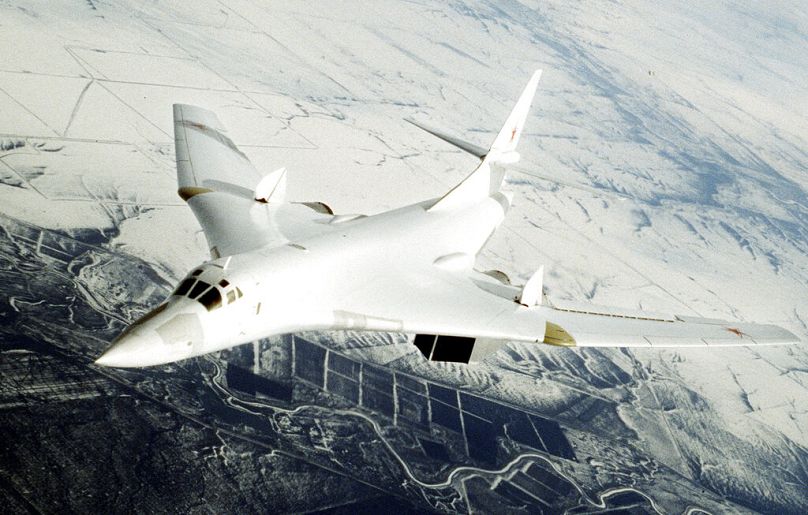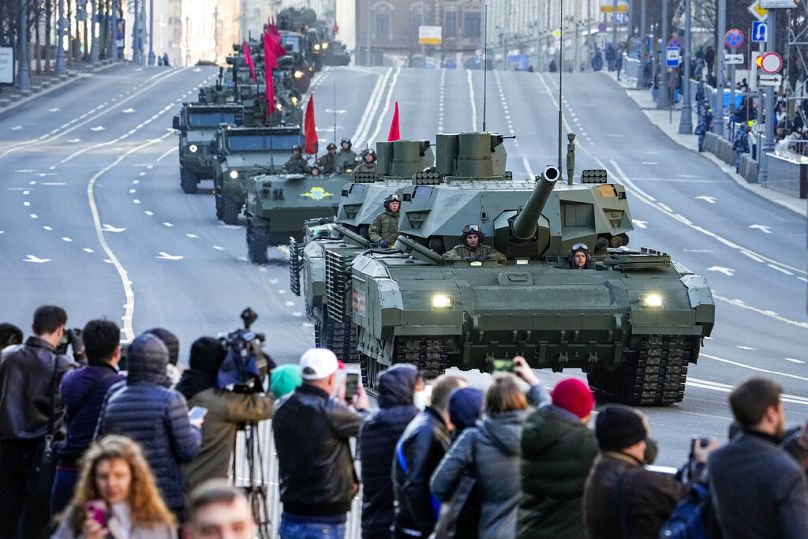A defence analyst appraises the equipment and tactics that may dictate the outcome of the next phase of fighting in Ukraine.
Forewarned and re-armed, Ukraine has had time to prepare its soldiers and has been able to equip them with new weapons. But will its new arsenal of NATO guns, tanks and ammunition be enough to repel the Russian invaders as the war enters its next phase?
Matthew J Schmidt, an associate professor in political science and international affairs, at the University of New Haven, has been assessing how the two sides shape up and what may have to change for the war to take a decisive turn.
Soviet-style artillery war
“Both of them have been fighting a Soviet-style artillery war,” he said. “What we have seen on the battlefield is that they’re pretty evenly matched.”
However, since the Russia’s full-time invasion in 2022, NATO allies have supplied Ukraine with new weapons systems and have stepped up their training and support. This has included advice on tactics, but also on the wider strategy. Ukrainian soldiers have been shown how to operate tanks or big guns, but also on how what NATO calls combined arms manoeuvre.
Combined arms manoeuvre
“And that is the capacity to coordinate fire from artillery, from infantry, from armour, from special forces, and to do these things in a highly-synchronised manner in order to maximise the force being applied at any given point to the enemy,” said Schmidt.
“The question is if Ukrainian troops have learned it well enough to implement it now for this offensive. If they have, it will be a game changer. They will have a devastating impact on Russian troops because they will be able to break through the defensive line and get into Russia's rear areas and attack their artillery depots and their fuel depots and limit the ability of Russian troops to retreat and manoeuvre.”
However, this new phase of the war may also see Russia using more advanced weapons that have so far been used sparingly.
Supersonic heavy bomber
The Tupolev-160, a supersonic heavy bomber, the largest model built in the world, has only recently taken to the skies. NATO allies have so far resisted repeated calls from Ukraine to supply it with the most advanced aircraft at their disposal.
They have also fielded a first group of T-14 Armata tanks, the country's most advanced battle tank. However, Russian forces appear reluctant to use it.
And the latest generation of Russian tanks has also been fielded for the first time recently.
Digital tanks
The T-14 Armata tank had pride of place in last year’s annual May 9th Victory Parade in Moscow. It’s billed as a battle tank for the digital era, but there are suggestions some Russian tank crews are less than convinced by its effectiveness in action.
“It's a digital machine,” said Schmidt. “The turret itself turns automatically, the troops operate it through touch panels and things like this, and it's not been in combat. So, nobody trusts how well it's going to work. Nobody trusts that if this thing is moving at 80 kilometres per hour and it hits a bump, it doesn't knock the screen out and then the troops can't fire. Nobody trusts that the turret won't get jammed. But they haven't used it long enough to know how to unjam it in the field under fire.”
It seems that both weapons and warfighting tactics are likely to be tested on the battlefields of Ukraine in the new future.













